Special Report
How to Buy Food for a 14-Day Quarantine (and How Not To)

Published:
Last Updated:

These days, in the face of the coronavirus pandemic, “quarantine” no longer sounds like some obscure concept from medieval times, and “isolation” means something considerably different than simply living in a place with spotty cellphone reception and no broadband.
Medical professionals now define Isolation as the separation of those with a contagious disease — like COVID-19 — from those who aren’t sick. Quarantine, on the other hand, separates and restricts the movement of those who were exposed to the disease but haven’t yet become ill — for instance, people returning from a coronavirus hotspot.
It isn’t known how many people around the country have been asked to quarantine themselves or have self-quarantined, but the number is surely growing exponentially. And one concern of those who are under quarantine — as well as anyone who’s simply obeying government advice to “shelter in place” — is making sure they have enough food and household necessities. But how much is enough?
A Polish startup called Omni Calculator, that creates custom-built calculators covering hundreds of subjects, has provided guidance with a free interactive tool called Quarantine Food Calculator — Coronavirus.
Created by Joanna Michałowska, a PhD candidate at Poland’s Poznan University of Medical Sciences, the tool lets people input the number of household members and quarantine time, then estimates dietary needs in four categories: fruit and vegetables, perishable foods, non-perishable foods, and canned or frozen foods — the kinds of things you might buy at the best grocery store chain in every state.
Click here to learn how to buy food for a 14-day quarantine.
The tool’s site also includes sample meal plans, links to other pertinent calculators (including one on social distancing and another on stimulus payments), and a number of specific recommendations on how to shop when stocking up for two weeks of quarantine. Be careful what you buy, in any case — these are foods that spoil faster than you’d think.
Omni Calculator’s recommendations appear, paraphrased and slightly rearranged, below.

1. Make a shopping list
Know beforehand what you want to buy, both to make sure you don’t forget anything and to minimize time spent at the market, and thus possible exposure to the virus from others.
[in-text-ad]
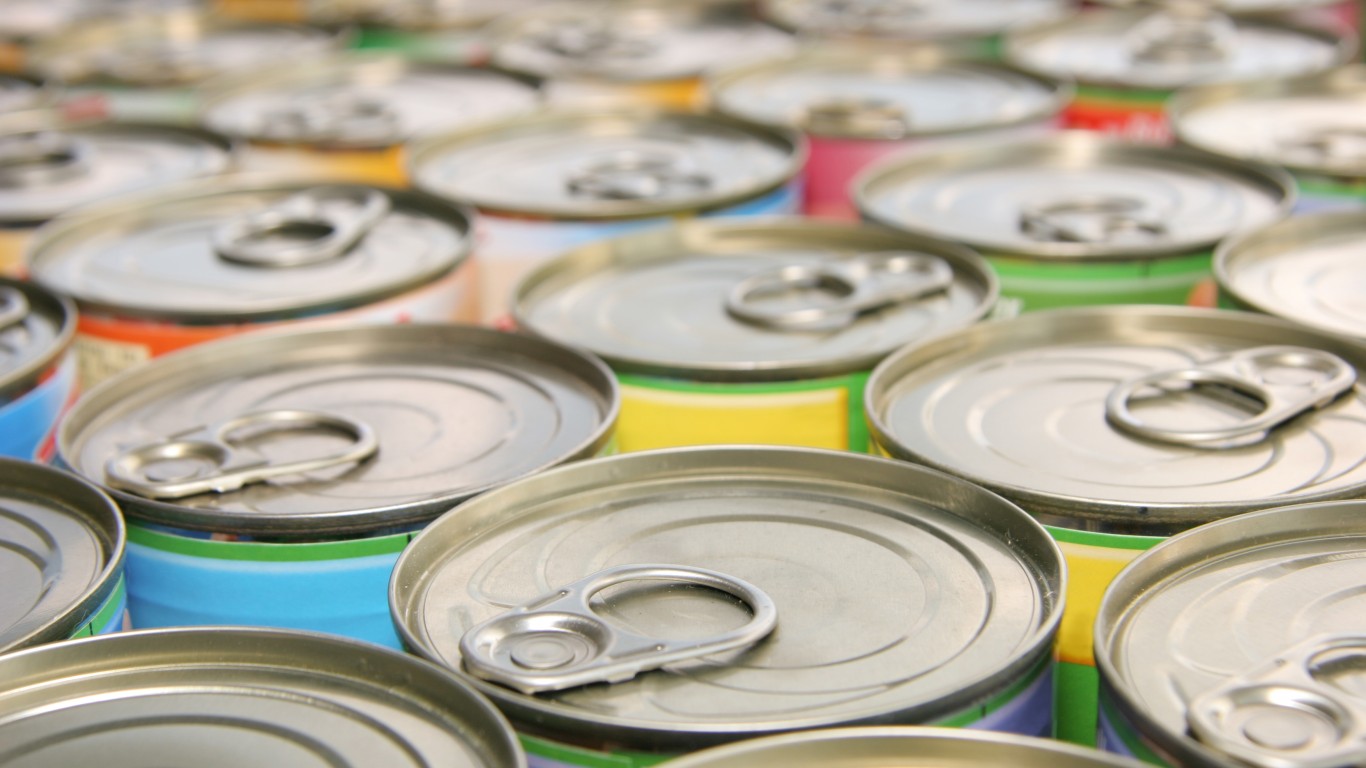
2. Don’t impulse-buy
Just because something’s in plentiful supply, if it isn’t on your list and you don’t really need it, leave it on the shelf for others.
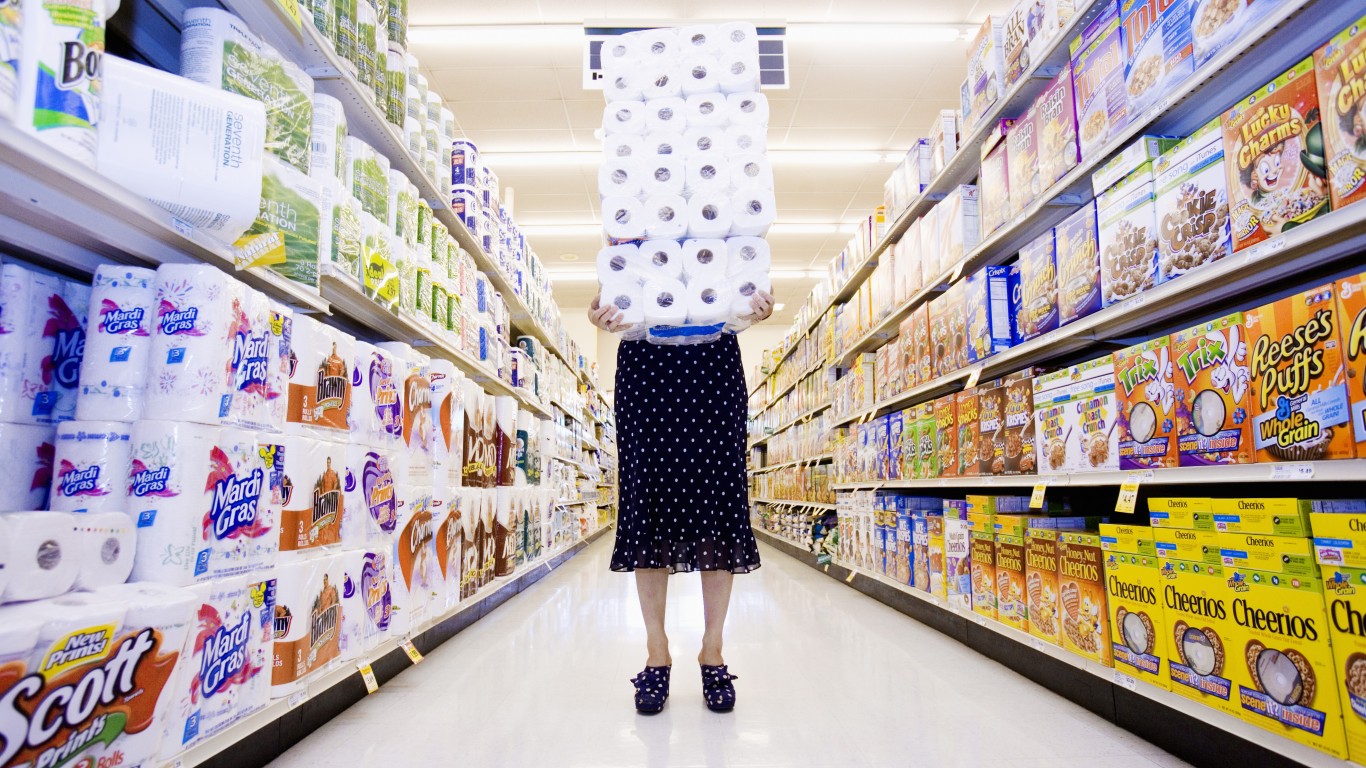
3. Don’t be a copycat
Just because others are stocking up on something, that doesn’t necessarily mean that you need it too.
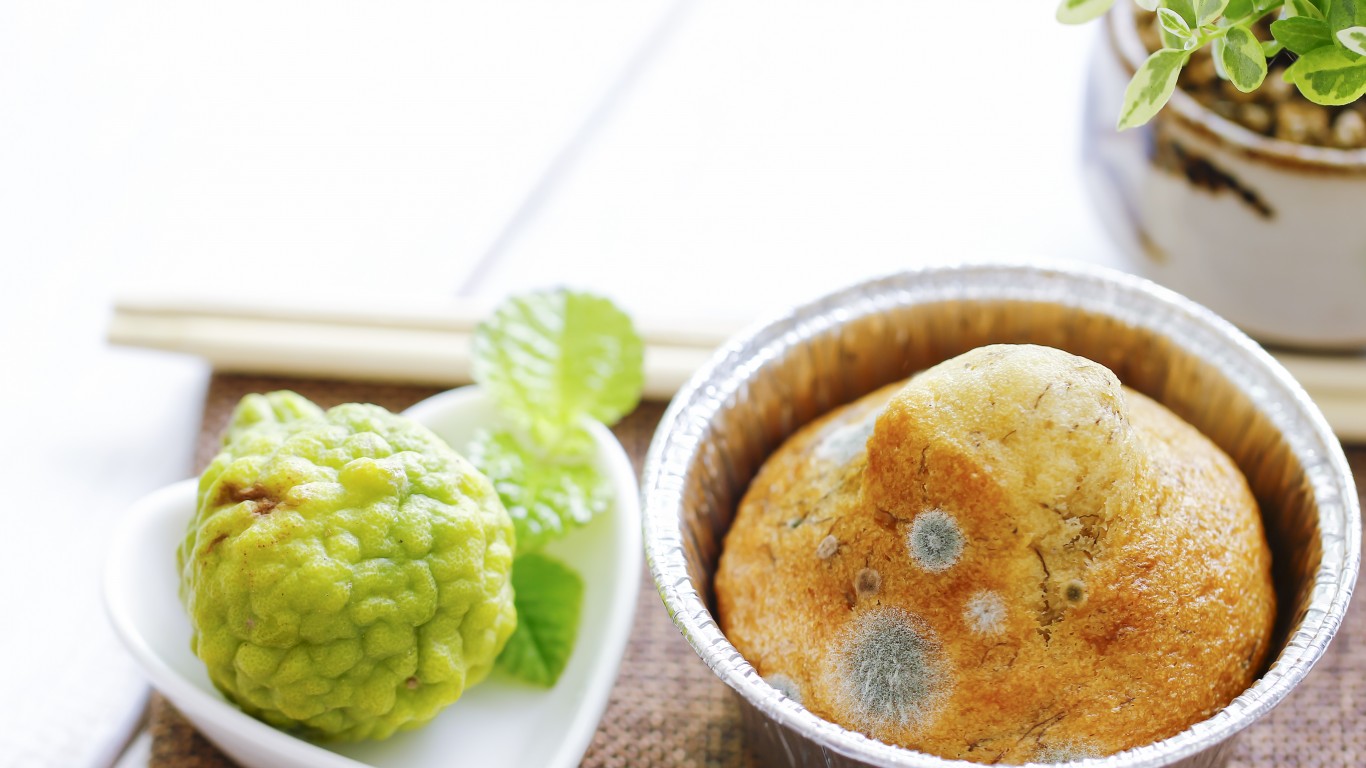
4. Be careful when buying perishable foods
Pay attention to use-by dates and don’t buy more than you think you’ll be able to use in the allotted time period.
[in-text-ad-2]
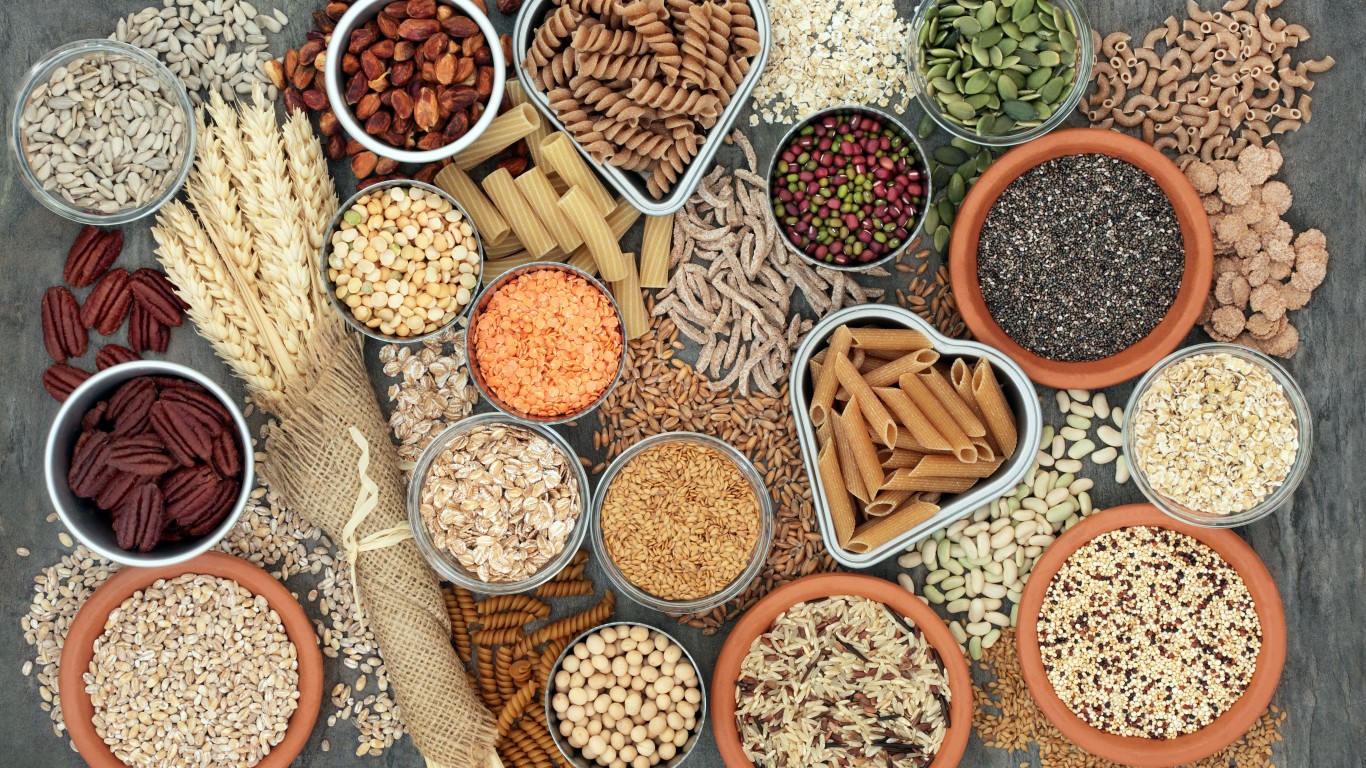
5. Choose as many long-lasting products as possible
Dried pasta, rice, dried legumes, grains, and UHT milk are among the foods that are long-lasting — two to four weeks for UHT milk, almost indefinitely for pasta, rice, legumes, and grains if stored away from moisture.
6. Choose products that you can use up later
When possible, buy foods not just that will last a long time but that you enjoy eating — so that if they don’t get consumed during your quarantine period, you’ll still eat them.
[in-text-ad]
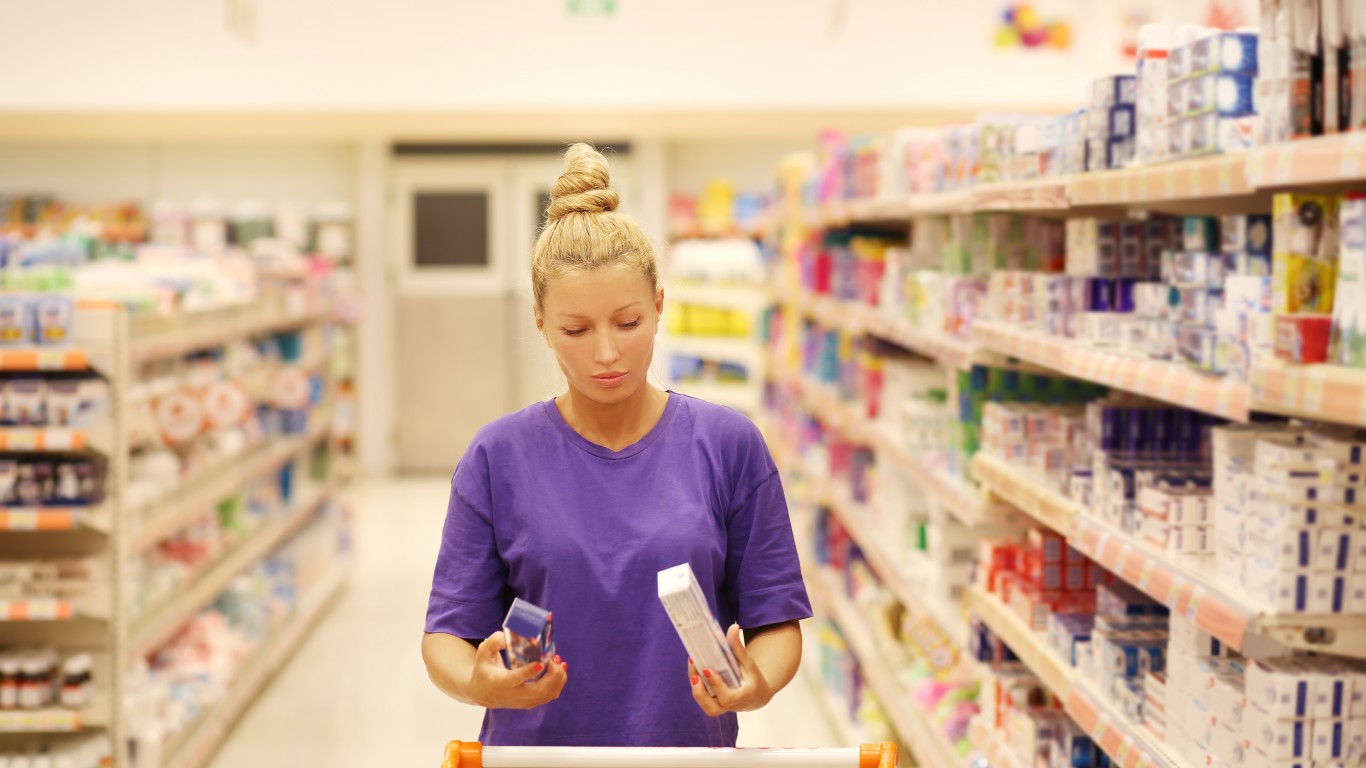
7. Do an inventory of toiletries and medications before you shop
You’re not buying for a year in a bunker, just for a 14-day period. Make sure you have everything you need — toothpaste and soap as well as prescription drugs and a first-aid kit, for instance — but don’t overdo it.
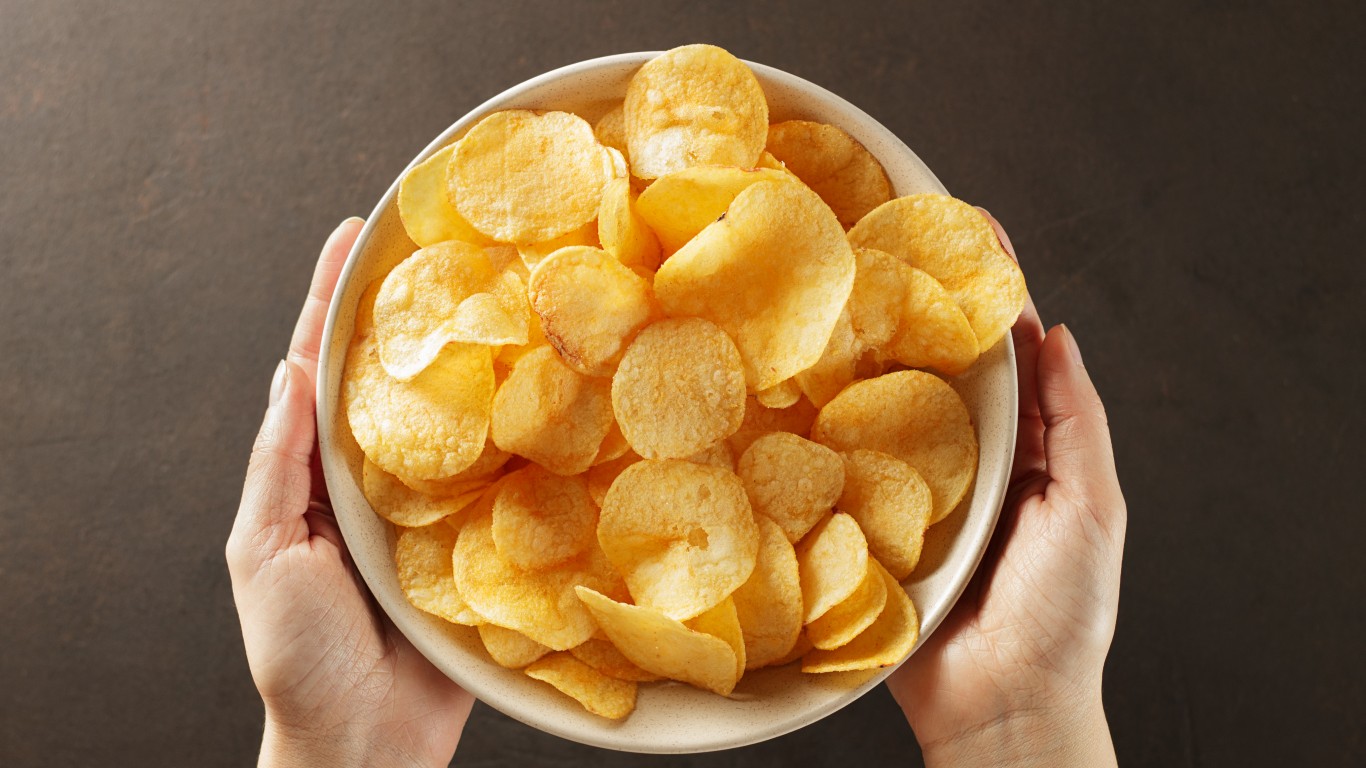
8. Don’t buy a lot of unhealthy snacks and sweets
It’s all too easy to binge on chips and ice cream and the like if you’re stuck at home and feeling down.

9. Don’t buy masks unless you need them
Even if you’re lucky enough to find a supply of surgical masks, leave them for health care professionals or others for whom they’re essential. According to the World Health Organization, that means people who are coughing or sneezing or people who are taking care of someone with a suspected COVID-19 infection.
[in-text-ad-2]

10. Don’t buy all the soap and hand-sanitizers in sight
Having plenty of soap at home is essential these days, and hand-sanitizers are good to have around, too — though the CDC says that soap and water are more efficient at removing germs than anything in a bottle. In both cases, though, don’t buy more than you need. Be considerate of others who might need to stock up, too.
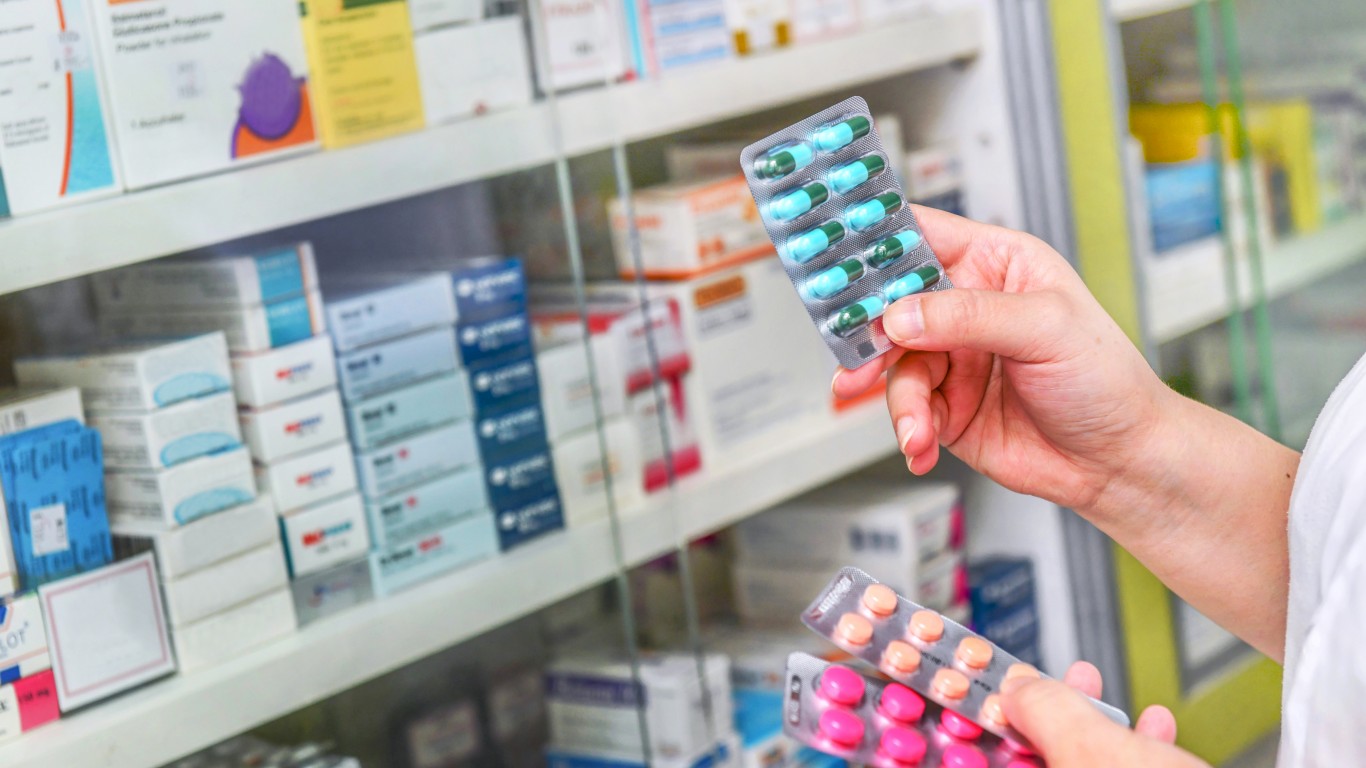
11. Don’t panic-buy over-the-counter medications
We should all have the basics at home, whether or not we’re under quarantine, but again, be considerate of the needs of others and just buy what you can imagine needing in the near future.
[in-text-ad]
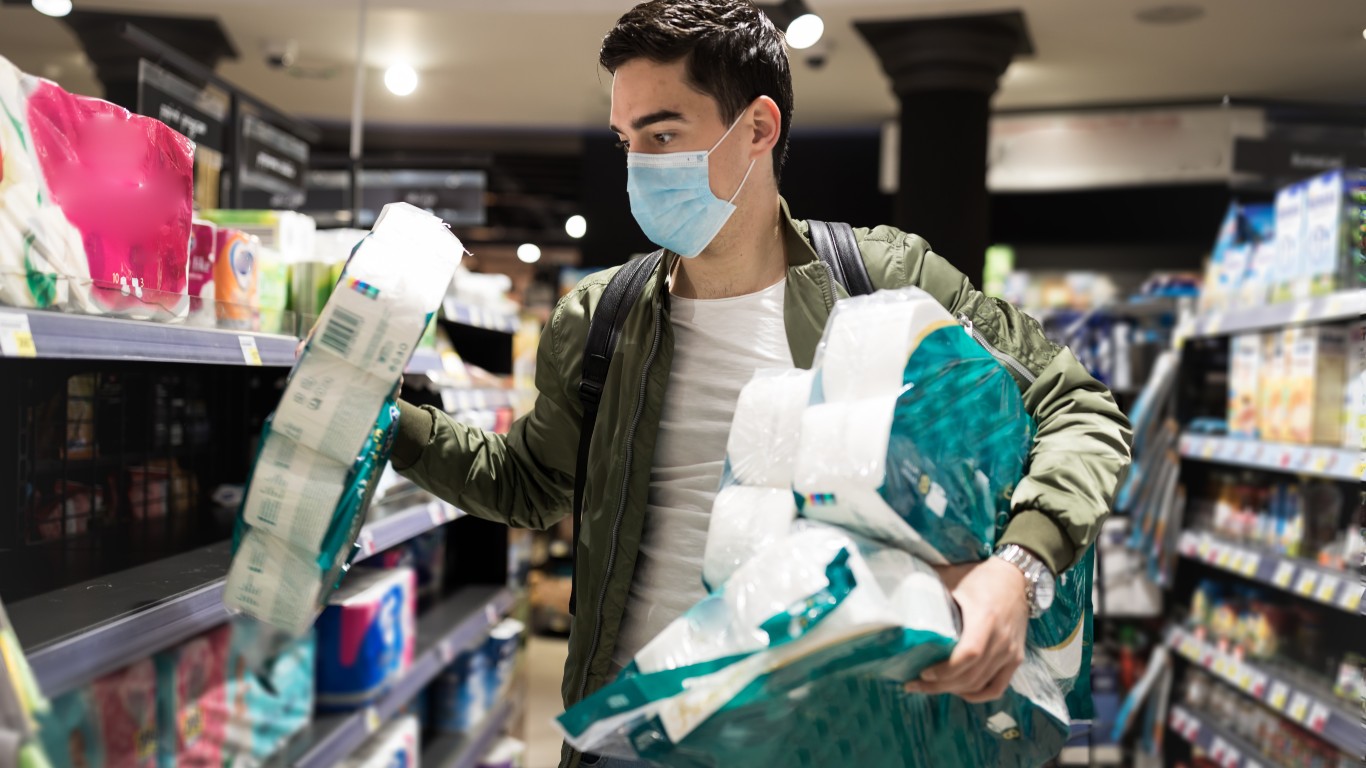
12. Don’t buy more toilet paper than you’ll need
Toilet paper has become emblematic of panic-buying — there are photos of market baskets overloaded with the stuff all over the internet — for reasons nobody quite understands, since there isn’t a shortage. A four-person household with average use will need only 16 rolls over a 14-day period — or 23 rolls if usage is apt to be heavy.

13. Don’t buy bottled water
Almost everywhere in the United States, tap water is safe to drink, and on-faucet filter mechanisms or filter pitchers make it even safer. Save money, help the environment, and lighten your grocery bags by turning on the tap instead of reaching for the Poland Spring or Evian.
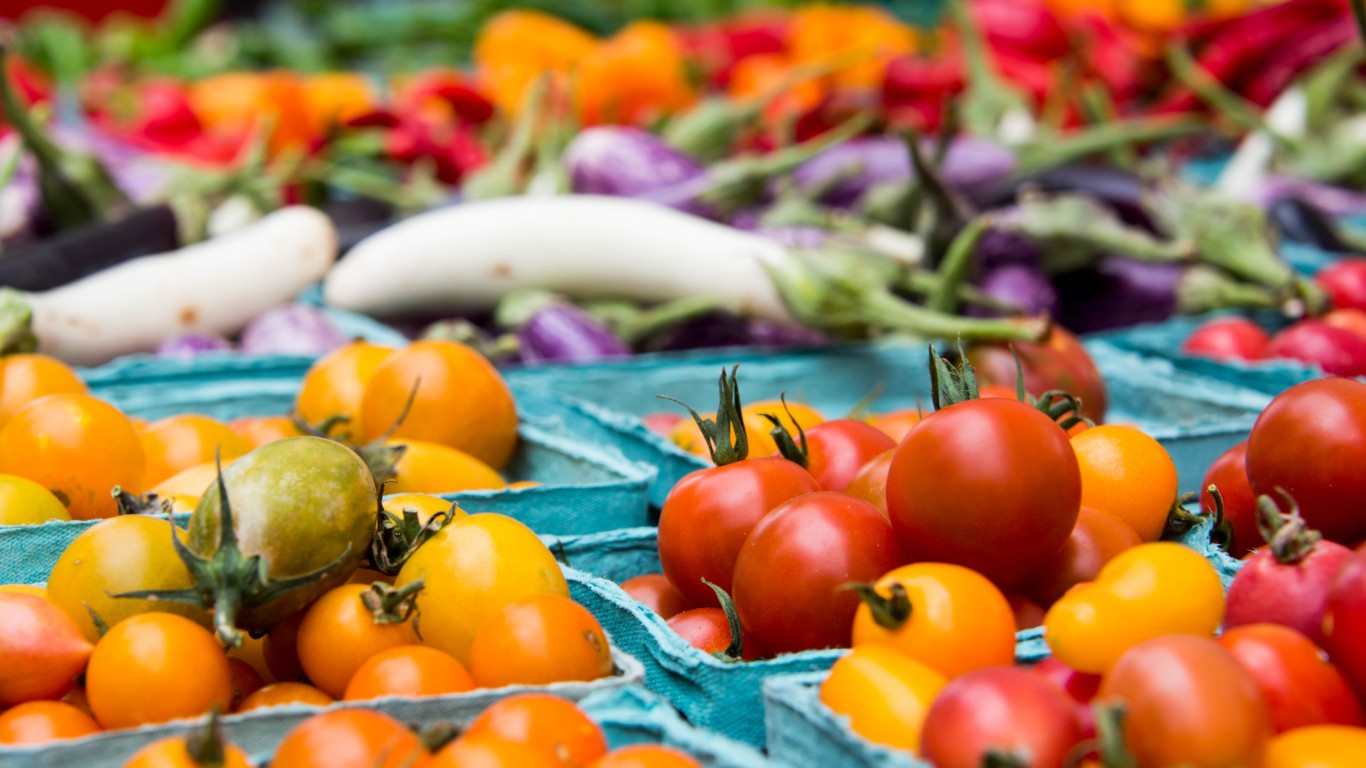
14. Don’t forget to buy fresh produce
Having plenty of long-lasting staples on hand is important, but don’t forget the fruits and vegetables that add flavor, color, and nutrients to your diet. According to Omni Calculator, a family of four (two adults, two children under 10) would probably need about 12 pounds of apples, almost two pounds of onions and five of carrots, six-and-a-half pounds of bell peppers, and just over a pound of potatoes for a 14-day period.
[in-text-ad-2]
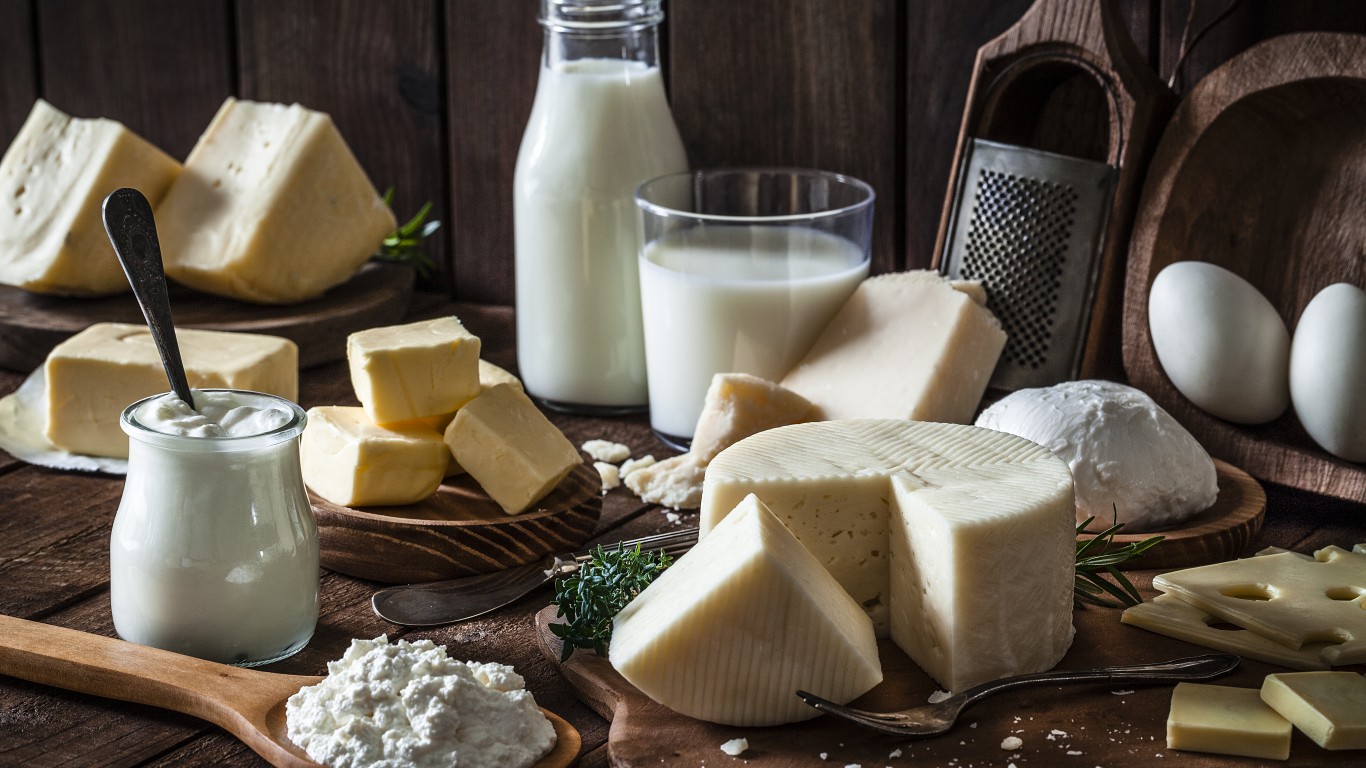
15. Remember other perishables, too
That same family of four would likely consume 56 eggs, three sticks of butter, two pounds of cheese, five loaves of bread, five cartons of milk, and six pounds of ground meat in two weeks’ time.
Want retirement to come a few years earlier than you’d planned? Or are you ready to retire now, but want an extra set of eyes on your finances?
Now you can speak with up to 3 financial experts in your area for FREE. By simply clicking here you can begin to match with financial professionals who can help you build your plan to retire early. And the best part? The first conversation with them is free.
Click here to match with up to 3 financial pros who would be excited to help you make financial decisions.
Thank you for reading! Have some feedback for us?
Contact the 24/7 Wall St. editorial team.